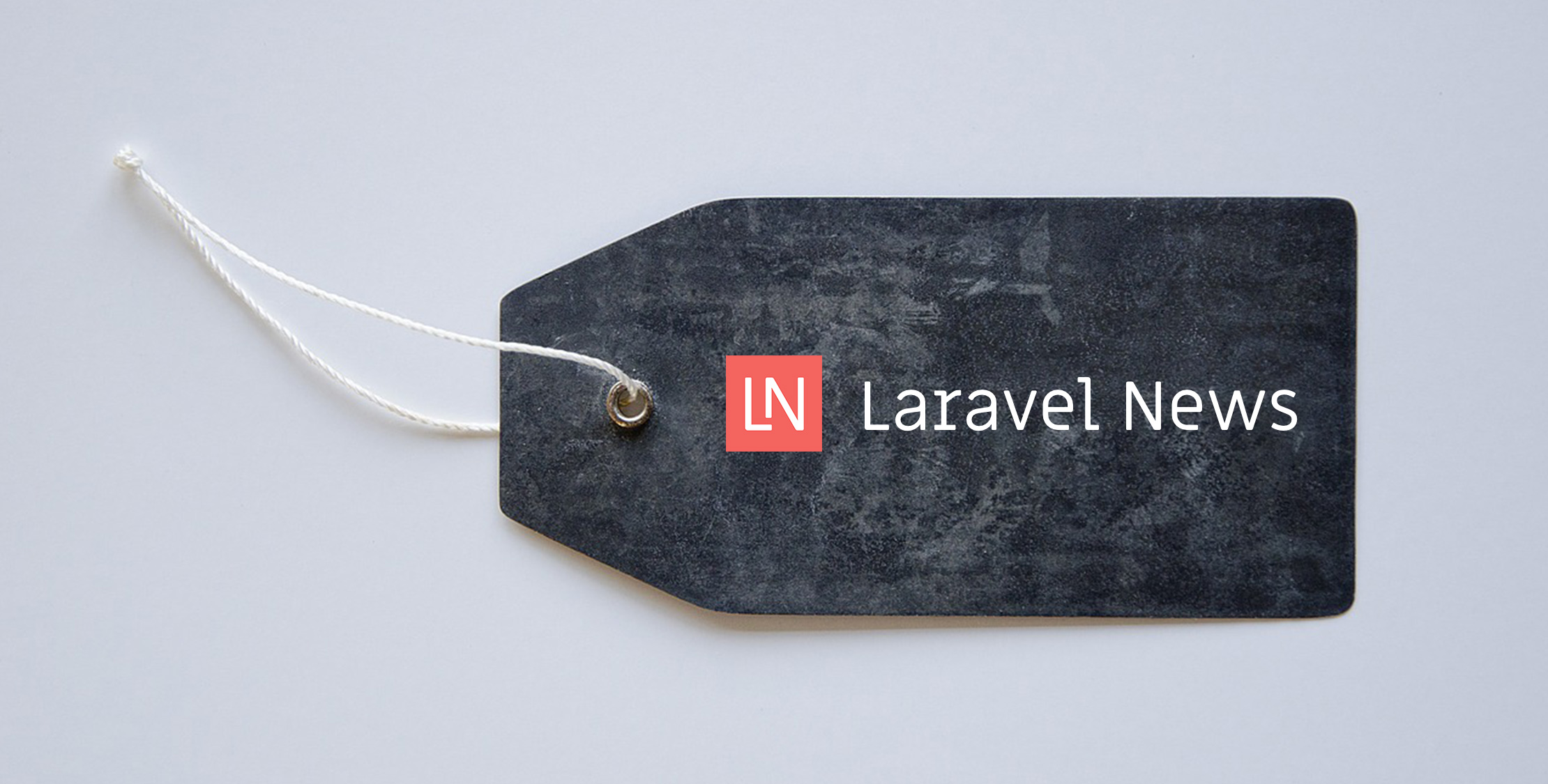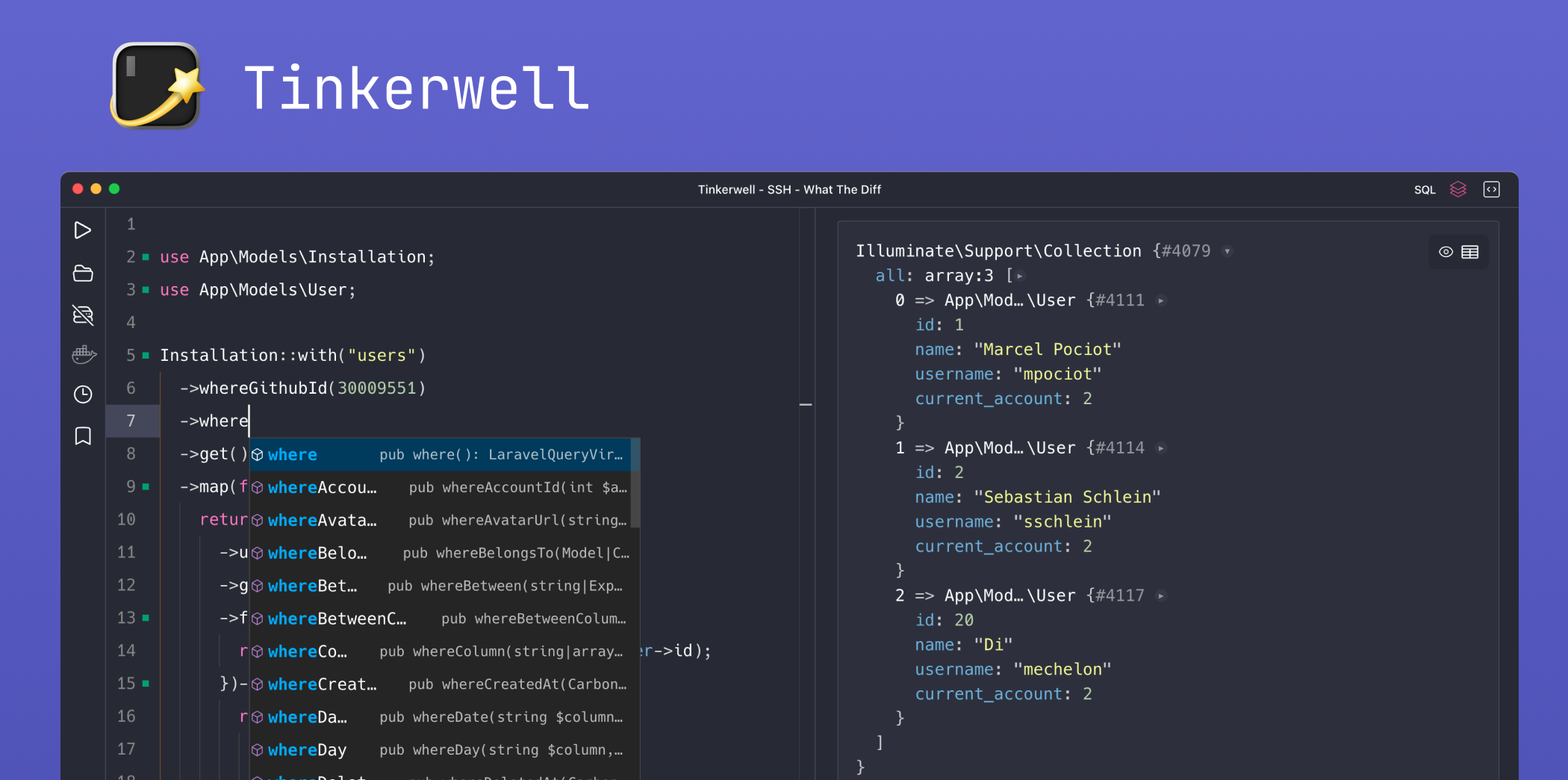In recent years, tagging systems have become a popular way of categorizing items, and you can find them in almost every app. From blog posts to todo lists, they all have tagging implementations.
Let’s look at how easy integrating a tagging system is in a Laravel app. In the Laravel Links app I created a few weeks back I decided to add tagging to the links and what follows is instructions for setting it up.
Installing a Tagging package
The community has created several tagging packages, and you will need to research which one suits your use case. Here are three of the most popular ones I found:
I choose the Laravel Tagging package by rtconner, and the installation is simple.
First require the package:
composer require rtconner/laravel-tagging "~2.0"Open config/app.php and add it to the providers array:
Conner\Tagging\Providers\TaggingServiceProvider::class,Now run publish the vendor folder with Artisan:
php artisan vendor:publish --provider="Conner\Tagging\Providers\TaggingServiceProvider"Finally, migrate the database:
php artisan migrateNow we are ready to add the trait to our model. My model is named “Links.php” and here is the class:
use Conner\Tagging\Taggable; class Links extends Model{ use Taggable; protected $table = 'links';That is all it takes to get set up and ready to use; however, it leaves out an important step. Tagging typically needs JavaScript and styling to make it easy for the user to select an existing tag or add a new one.
Installing jQuery and Selectize
Selectize by Brian Reavis is a jQuery based plugin that turns an input field into a tagging system. This plugin can easily be installed through NPM and then set up using Browserify with Elixir.
In your terminal install jQuery and Selectize and automatically save them to your package.json with the following:
npm install jquery --savenpm install selectize --saveIf you open package.json now you should see the following dependencies:
"dependencies": { "laravel-elixir": "^3.0.0", "bootstrap-sass": "^3.0.0", "jquery": "^2.1.4", "selectize": "^0.12.1"}Bootstrap and Elixir come pre-included in a default Laravel install. Which will now use to finish off the installation.
Create a file resources/assets/js/app.js and include the following:
window.$ = window.jQuery = require('jquery')require('selectize');var bootstrap = require('bootstrap-sass'); $( document ).ready(function() { $('#tags').selectize({ delimiter: ',', persist: false, valueField: 'tag', labelField: 'tag', searchField: 'tag', options: tags, create: function(input) { return { tag: input } } });});What this is going to do is utilize browserify to pull in jQuery, Selectize, and Bootstrap JavaScript into our file. We assign jQuery to the window so that plugins can read it from the global scope. Then we are assigning the Selectize Plugin to any input with the id of “tags”.
Before we can compile, we need to adjust our gulp file.
elixir(function(mix) { mix.sass('app.scss') .browserify('app.js');});The unique change here is the call to browserify. That call allows our “require” lines to pull in the proper dependencies.
Bootstrap Styles
Since Bootstrap is already included we can utilize it to handle our styles. Open app.scss and uncomment this line:
@import "node_modules/bootstrap-sass/assets/stylesheets/bootstrap";This will pull in bootstrap directly from the node_modules directory.
All that is left is to pull in styles for Selectize. The plugin ships with bootstrap support and it’s just a matter of importing that css file:
@import "node_modules/selectize/dist/css/selectize.bootstrap3";Now if you run gulp everything should compile, and your views will display properly.
Displaying and Saving Tags
In our template, we need to create two new items. An input field for adding tags and a JavaScript array of existing tags so Selectize can autocomplete.
In our controller pull out all existing tags and assign them to the view:
$tags = Links::existingTags()->pluck('name');return view('create', compact('tags'));Then in our create template add the tags input:
<input type="text" name="tags" id="tags">Next a new JavaScript array of tags:
<script>var tags = [ @foreach ($tags as $tag) {tag: "{{$tag}}" }, @endforeach];</script>Now when the form is submitted create the model and attach the tags:
// Create the link first$link = Links::create([...]); // Now add tags$link->tag(explode(',', $request->tags));With this all set you should now be able to save tags and autocomplete existing tags.
More tagging options
The Laravel Tagging package includes a lot more features than what has been shown so far. Here is a list of all available features:
Eager Loading
$link = Link::with('tagged')->first(); // eager loadRemoving Tags
$link->untag('laravel'); // remove Laravel tag$article->untag(); // remove all tagsSyncing Tags
$link->retag(['tutorial', 'package']); // delete current tags and save new tagsFetching by Tag
Link::withAnyTag(['laravel','tutorial'])->get(); // fetch with any tag listed Link::withAllTags(['package', 'php'])->get(); // only fetch with all the tags














